Simple solar principles
dark gets hot
light reflects
clear keeps the wind out
insulation keeps heat in
heat can be stored and moved
and any window that sees sunlight
is already
a solar
collector
From void into vision, from vision to mind, from mind into speech, from speech to the tribe, from the tribe into din.
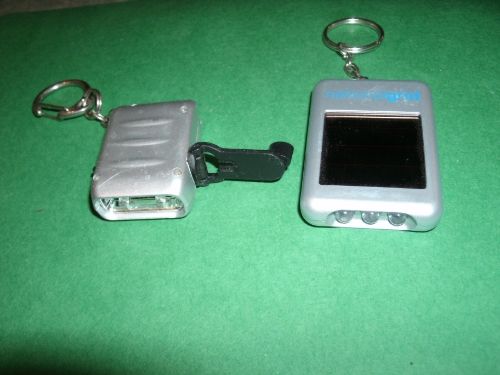
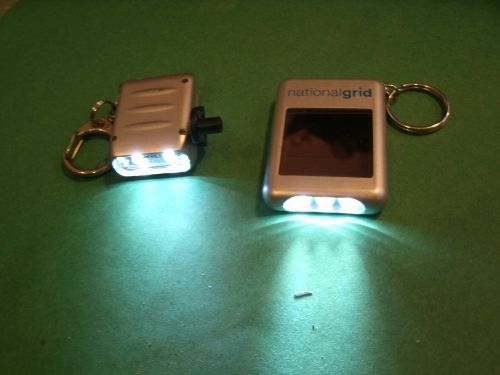
"Energy Critical Elements"
Gallium, germanium, indium, selenium, silver, and tellurium, all employed in advanced photovoltaic solar cells, especially thin-film photovoltaics.
"The historical reservoir for the materials used by our technological society has been virgin stocks (ore bodies, mineral deposits, and the like). For a variety of reasons, those stocks may become inadequate or unavailable at some times or places in the future, and the loss of resources by dissipation or discard is often problematic from an environmental standpoint. These issues can be addressed by developing cycles for the stocks and flows of materials of interest, particularly if the cycles are temporally and spatially resolved.
RARE is the premier international advocate and opinion leader for rare earth industry suppliers, manufacturers, and retailers dedicated to improving the future through rare earth innovation.
There are more things in heaven and earth, Horatio,
A group of people from the Occupy Wall Street movement is collaborating with the climate change advocacy group 350.org and a new online toolkit for disaster recovery, recovers.org, to organize a grassroots relief effort in New York City.
12th Annual Solar Picnic
"We designed a lithium bromide absorption air conditioner that ran from heat from an array of 150 evacuated solar water heater tubes. The only electricity the air conditioner will need is to run the pumps and fans since the heat furnishes all the energy needed to produce the chilled water, which will be stored in large insulated tanks for use when cooling is need[ed] at night or cloudy days. All the hot water needed (and then some) will be from the waste heat from the air conditioner system. ($100,000+ in costs)"
"Lange reports that, 'Our particulate and CO monitors show that the stoves cut indoor smoke by 90 percent. They also reduce the amount of wood use by 60 percent, thereby saving 12 to 15 hours a week of wood-gathering for the woman of each household.'
“'We are finding that householders are willing to pay for stoves if they know they will really save time and eliminate the smoke compromising their children’s health. Maasai typically have little cash but they have goats and cows. If they are able to see value in the stoves, they are ready to sell "a goat and a half" to purchase one. Referring to Lange as "Babu”, they affectionately call the stoves “Jiko ya babu” (Grandpa’s stove).'
"'The numbers also show the potential in business stimulation. The final cost for a stove is about $55. Of this, $10.40 goes to the local brick maker; cement and other building materials cost $8.50 at the local supplier; steel for custom parts is purchased for $12 from the Arusha steel merchants; transport of bricks and labor required to form the steel parts come to about $9.00. And the women’s team that makes the stoves in the homes, building them, maintaining them, and training the householder how to uses them, earns $14 per stove to be divided among team members.'"
"It inspires me to look at the 46W stand-alone PV system we installed in our home in 1986. Sitting on the south-facing window sill of our fifth floor condominium unit in the Fenway, with the battery box placed inside and under the window, it has been supplying electricity for a room with two 15W fluorescent lights, a table lamp, a small table fan and a record player diligently and reliably, around the year, for over 20 years! All I had to do was to replace the set of two interconnected 6V, deep-cycle batteries twice. The room is also equipped with a variety of solar cookers - both home-made and factory-made - well-used over the years. The PV system also has the capacity to power our 'Tulsa Hybrid' solar cooker that can cook three ways, day and night, year-round: by direct sunlight, being plugged into the regular household current (110VAC), or by solar electricity from the PV system (12VDC converted to 110VAC through an inverter). Last but not least, the battery in our digital camera too, gets recharged by the PV system."
In 2002, during a long electrical shortage, at Uberaba, São Paulo, Brasil, Mr Alfredo Moser discovered a way to gather sun light in the house through plastic bottles hanging from the roof. First shown at the Globo Reporter in the 25th May 2007.
Alfredo Moser was pressed by a scarce electricity substitution and found out that he could light his house with a bottle of water filled with water and a protection cap made of camera film.
The bottle is just refracting sunlight very effectively and produces an equivalent light power compared to a 50/60W lamp. In a rainy day, even without much light and direct sun, one still have some light. Scientist have now visited Moser and are looking into ways to take this concept to maximize its potential.
The invention is something that is so simple, cheap, and sustainable that anyone can create and maintain it themselves.
As Diaz says, the three rules of appropriate technology are that people can find it, they can replicate it, and most importantly, they can make a business of it.
“Plastic bottle” solution for arsenic-contaminated water threatening 100 million people
Note to journalists: Please report that this research was presented at a meeting of the American Chemical Society.
DENVER, Aug. 31, 2011
“Dealing with arsenic contamination of drinking water in the developing world requires simple technology based on locally available materials,” said study leader Tsanangurayi Tongesayi, Ph.D., professor of analytical and environmental chemistry at Monmouth University, West Long Branch, N.J. “Our process uses pieces of plastic water, soda pop and other beverage bottles. Coat the pieces with cysteine — that’s an amino acid found in dietary supplements and foods — and stir the plastic in arsenic-contaminated water. This works like a magnet. The cysteine binds up the arsenic. Remove the plastic and you have drinkable water.”
To members of the Climate CoLab community,
We are pleased to announce the launch of a new Climate CoLab contest, as well as a major upgrade of our software platform.
The contest will address the question: What international climate agreements should the world community make?
The first round runs through October 31 and the final round through November 26.
In early December, the United Nations and U.S. Congress will be briefed on the winning entries.
We are raising funds in the hope of being able to pay travel expenses for one representative from each winning team to attend one or both of these briefings.
We invite you to form teams and enter the contest--learn more at http://climatecolab.org.
We also encourage you to fill out your profiles and add a picture, so that members of the community can get to know each other.
And please inform anyone you believe might be interested about the contest.
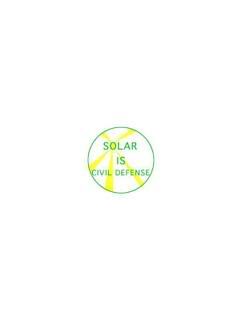
Quite clearly, our task is predominantly metaphysical, for it is how to get all of humanity to educate itself swiftly enough to generate spontaneous behaviors that will avoid extinction.
R. Buckminster Fuller
We remain alert so as not to get run down, but it turns out you only have to hop a few feet to one side and the whole huge machinery rolls by, not seeing you at all.
Lew Welch
The only war is the war against imagination.
The only war is the war against imagination.
The only war is the war against imagination....
the war that matters is the war against the imagination
all other wars are subsumed in it.
Diane di Prima
“People tend to go for glamorous high-tech gadgets. There is nothing wrong with that stuff, but I tell people to go with the things that pay for themselves. A superinsulated shell for the house; put your money into that. It has no maintenance and it will save you on your heating,” he said.
Also, homes that have lots of windows that face toward the sun, called passive solar heating, will reduce heating bills. In this region, facing to the southwest gets you the most sun exposure.
“Those two things together – superinsulation and passive solar heating – are by far the most effective ways to have a really low-energy house. They are simple things that do their job year after year,” Corsa said....

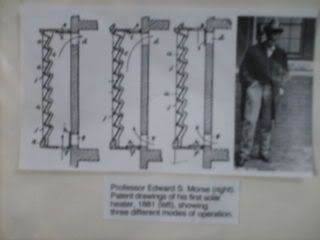

First, reduce your load. Insulate, caulk, seal everything you can. Weatherize everything up the wazoo, even going so far as to get a blower door test - pressurizing your house with a large fan installed in the front door and having a professional go around finding where all the air leaks are. Get the most efficient appliances (refrigerators tend to be the largest electrical load in the house) and lights that you can find and afford and install them. When you've become as efficient and energy-conserving as you can be, then start thinking about solar.Then, and only then, go solar.
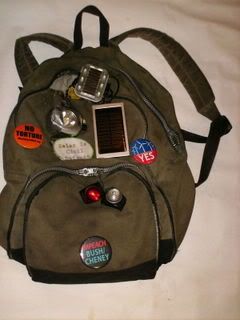 Dirty F*ck*ng Solar Hippie Backpack
Dirty F*ck*ng Solar Hippie Backpack